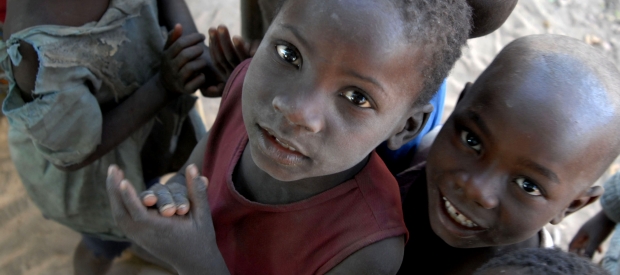Kariba Dam, Zambia / Zimbabwe
“We shall die in our land we don’t want to be moved.”
- A note left by Tonga resistors in the days leading to the Chisamu War (1958)
For the Gwembe Tonga and Kore Kore peoples, the Kariba Dam was a death blow to their communities and culture. They had lived for centuries in the Gwembe Valley along the northern and southern banks of the Zambezi River. But in 1958, this wide valley turned from river to reservoir. Whole villages were flooded, displacing 57,000 indigenous people. Affected communities were given little information about the dam and no choice but to move. Some displaced communities resisted resettlement, but were defeated by colonial authorities in a short battle know as the Chisamu War. Villages were burned so the people could not return.
Today, those who remember the displacement have grown old. Along with new generations of their children, they struggle to survive. These communities were promised irrigation and electricity at their new sites, but most still live without these basic services. Schools and health facilities are scarce. Malnutrition and hunger are commonplace. The safety net of the community has unraveled.
This colonial-era dam was developed by the British Empire to electrify the burgeoning industries of Southern Rhodesia (now Zimbabwe) and the copper mines of Northern Rhodesia (now Zambia). Little funding was allocated by project developers for the resettlement process. Kariba was the first of many World Bank-funded dams in Africa.
The Tonga and Kore Kore affected communities are searching for solutions and redress. Led by traditional leaders and local NGOs, the communities continue to fight for adequate rehabilitation and for the project’s developers to take responsibility for this unjust legacy.



